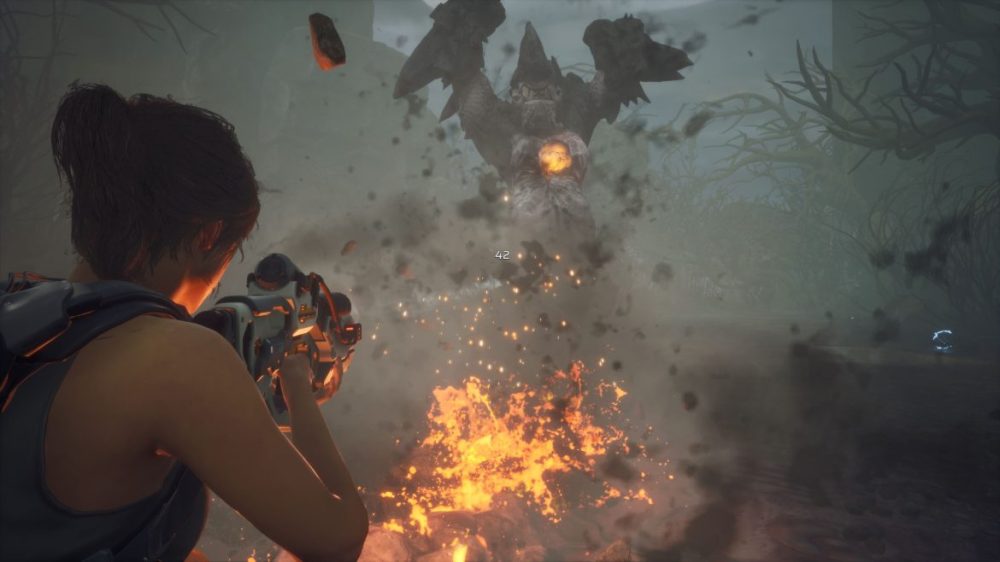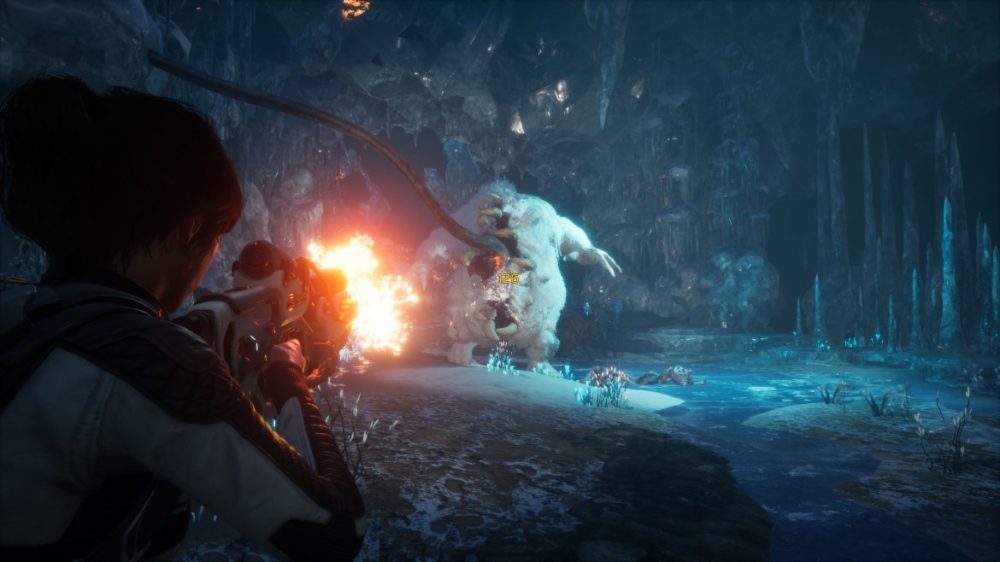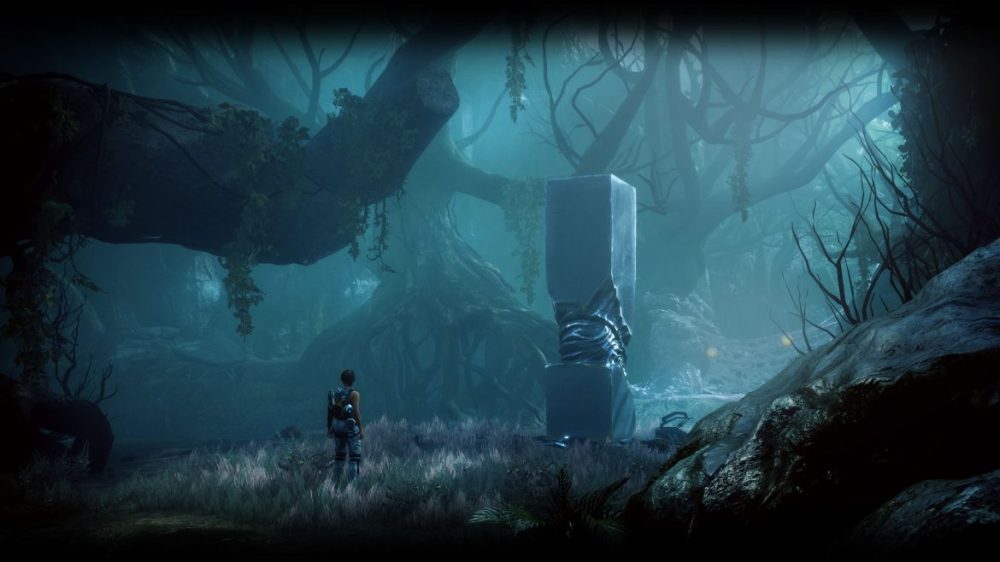TL;DR
Scars Above drops you into the boots of scientist Kate, who's transported to an alien world after investigating a mysterious spacecraft. You'll battle unsettling creatures with makeshift weapons, exploring a beautifully rendered but challenging environment. The game boasts a compelling mystery and imaginative enemy design, but be warned: the difficulty is exceptionally steep, with punishing checkpoints that can lead to frustrating repetition. While mastering its combat is rewarding, the steep learning curve and 30FPS cap on Xbox Series S might deter some. Intrigued by this demanding alien adventure? Dive into the full review to see if you're ready for the challenge.
In Scars Above, players are introduced to scientist Kate, who, alongside the SCAR (Sentient Contact Assessment and Response) team—a group comprised of scientists and engineers—is tasked with investigating a colossal spacecraft that has unexpectedly entered Earth’s orbit. Dubbed “Metahedron” by humanity, the spacecraft’s arrival is sudden and unexplained. As the team approaches, they are abruptly transported to an alien planet, leaving Kate to awaken alone and unarmed. Her mission: to unravel the mysteries surrounding their predicament and ensure her survival.

A noteworthy aspect of Scars Above is its choice to cast a scientist, rather than a soldier, as the protagonist. The weaponry reflects this, with repurposed welding tools and other equipment serving as makeshift defensive instruments. The environments are well-crafted, and the enemy designs are both imaginative and unsettling. The game immediately establishes a compelling sense of mystery and the thrill of exploring the unknown. However, a significant challenge arises…

Scars Above presents a considerable difficulty curve. Typically, a first playthrough on the normal difficulty setting is preferred, with subsequent replays on higher difficulty levels. However, the normal difficulty in Scars Above often feels equivalent to an extreme difficulty setting in comparable titles. As an example, after a prolonged encounter involving circling and firing to defeat a stone monster, a brief moment of respite is shattered by the immediate appearance of another, identical, enemy.

The game utilizes environmental pillars as save points. However, similar to the game’s difficulty, the distance between these checkpoints is significant, leading to the repetition of lengthy sections upon death. A mitigating factor is that previously opened doors and viewed cutscenes are skipped, allowing players to quickly return to the point of failure. This cycle of progression, death, and repetition can quickly lead to frustration.

While Scars Above aims for a challenging experience, its difficulty can feel unbalanced. The game could benefit from a more gradual introduction to its mechanics and challenges. Although reducing the difficulty is an option, it can feel like a compromise, and the distance to checkpoints remains unchanged.
Testing was conducted on the Xbox Series S, where the game was limited to 30FPS regardless of the graphics settings. Subsequent investigation revealed that Scars Above is capped at 30FPS on the Series S, while the more powerful Xbox Series X supports 60FPS. Accustomed to higher framerates, the 30FPS limitation was a noticeable drawback.

In conclusion, Scars Above offers a visually appealing and intriguing experience, and mastering strategic enemy engagements can lead to an enjoyable gameplay loop. However, overcoming the initial difficulty hump is essential before the game begins to reward player efforts. For players seeking a demanding challenge, Scars Above warrants consideration. However, those averse to repetitive grinding may find it beneficial to lower the difficulty setting to mitigate potential frustration.
Plaion provided a review code for this evaluation. The provision of materials does not influence our editorial objectivity.
